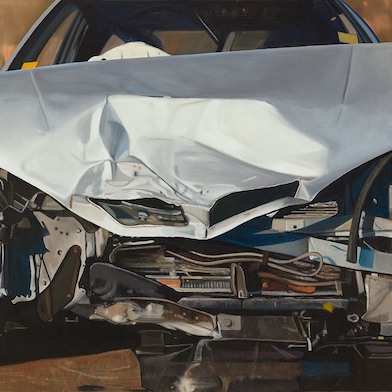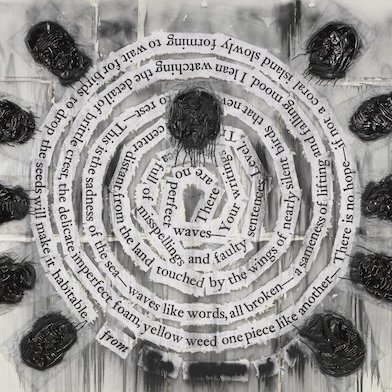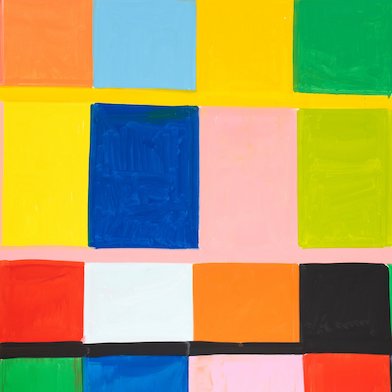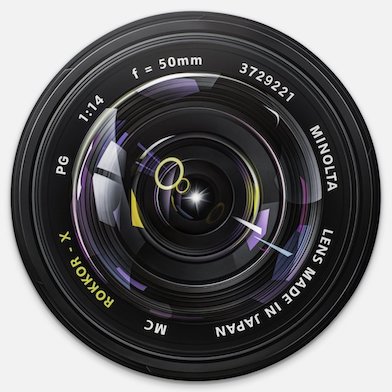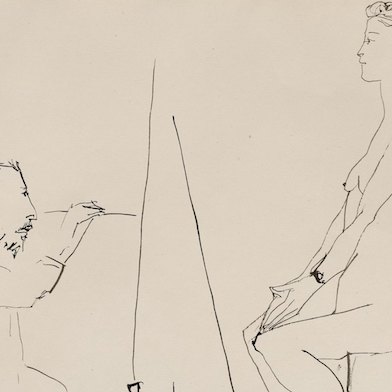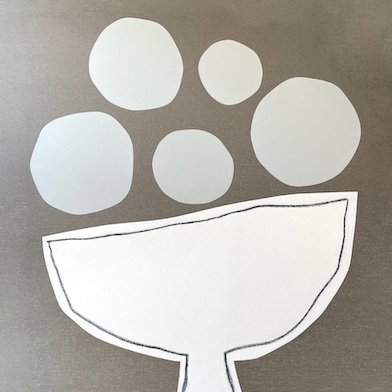Open: Tue-Sat by appointment
Visit
Living Colors
Pazo Fine Art, Kensington
Artists: Josef Albers - Thomas Downing - Matthew Feyld - Dorothy Fratt - David Headley - Helene Herzbrun - Howard Mehring - Terry Parmelee - Kimber Smith - Vivian Springford
Essay by Vittorio Colaizzi
Pazo Fine Art presents Living Colors, a unique exhibition highlighting paintings by Josef Albers, Thomas Downing, Matthew Feyld, Dorothy Fratt, David Headley, Helene Herzbrun, Howard Mehring, Terry Parmelee, Kimber Smith, and Vivian Springford.
“Living Colors” delves into the transformative period of 20th century abstractionists whose artistic dialogue underscored an important shift, among pioneers of the avant-garde, into the Color Field movement; often of the variety Clement Greenberg described as “Post Painterly Abstraction.” This conceptual shift signaled a departure from the inwardness and subjective mysticism inherent in second-generation expressionist, gestural abstraction, a legacy of the WWII period. Instead, these emerging painters sought to distill art to its essential elements: color, texture, form, scale, and composition — echoing, in certain aspects, the principles of the Minimalists.
At the heart of the artistic evolution embodied by this cohort of painters lay the Washington Color School; a movement fundamentally interested in exploring color relationships, contrasts, and harmonies. Inspired by the discoveries of the leading modern color theorist Josef Albers, whose seminal “Homage to the Square” series epitomizes his lifelong investigation of color, this exhibition prominently features works reflecting Albers’ resounding impact on the Color Field movement. Throughout the development of this movement, some Color Field artists retained a loose facture of color and contour, while others found more hard-edged styles, but all seemed to share “a linear clarity and physical openness of design,” as well as a new tendency to stress contrasts of pure hues, and a “rejection of the tactile application of paint.”
This “post painterliness” is expressed among “Living Colors” in a diverse array of material and technical innovations that became a critical feature of the Color School throughout the 60’s and 70’s, in large part because the exploration of the impact potential of color interactions led the paintings to increase so much in scale that artists could no longer afford their painting materials. Thus emerged a tendency to rely on materials such as Magna and house paint, catapulting painters to double as chemists, mixing and experimenting to devise material solutions that were low cost, dilutable and versatile, rich in terms of color payoff, and durable over time.
Technical innovations ranging from Thomas Downing’s meticulous acrylic dot paintings to Vivian Springford’s groundbreaking stain technique to Howard Mehring’s speckling of oils on unprimed canvas to David Headley’s “cool whip” molding paste represent the cohort’s determination to refine their expertise and discover the full vocabulary of paint’s physical possibilities to create smooth or uniform surfaces for compositions.
To this day, the insights gleaned from Albers and his square studies continue to influence emerging artists like Matthew Feyld, showcased in this exhibition, and breathe fresh vitality into the latest works of established painters such as David Headley. The "Living Colors" exhibition not only invites viewers to immerse themselves in the meticulously crafted experiences of color and hue by the 20th-century color masters but also encourages them to appreciate the enduring legacy of the Color Field movement and its profound impact on the modern art landscape.
An essay by art historian and professor Vittorio Colaizzi will accompany this exhibition.





